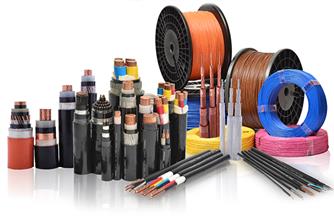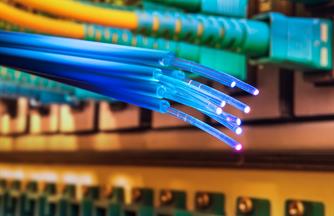5 Reasons The Cable TV Industry Is Dying
The demise of cable TV has been written about for several years now and while most predictions about what will kill it have come to fruition, cable continues to hang on
The demise of cable TV has been written about for several years now and while most predictions about what will kill it have come to fruition, cable continues to hang on. So maybe the demise is inevitable, because it seems like the cards are stacked against it, but perhaps the death will be slower than forecasters predict, and that slower time horizon can give cable companies enough time to adapt to the changing landscape and find a way to compete. In this article, we discuss the top reasons why cable is faced with these issues.
A Slow Death
Beginning in 2013, cable TV started experiencing a loss of subscribers, and that loss grew wider in 2014. A combination of lower TV viewership because of fewer cable subscribers and other media supplanting cable has the industry at a crossroads. In fact, according to Nielsen ratings, TV viewing has been dropping about 10% per quarter. There are several reasons for this dilemma.
- New competitors have emerged, challenging the legacy systems. Netflix, Inc. (NFLX), Amazon.com, Inc. (AMZN), Sling TV, Crackle, and Sony Corporation (SNE) provide streaming content, replacing the set-top box/TV combination as the only way to view entertainment. According to Netflix, one in three households in the US has a Netflix subscription, bringing the total subscribers to around 40 million in the US and 60 million worldwide, accounting for approximately 10 billion hours of content streamed in the first quarter of 2015.
- Consumers are no longer willing to pay for a plethora of channels that they don’t watch. This antiquated cable model has become usurped by streaming options of getting only what you want to watch, and even those consumers that are still with cable are requesting more targeted, smaller bundles.
- Media companies that own the most sought after content, like ESPN or HBO, have recognized the change in consumer behavior and begun experimenting with offering their own streaming content. While many smaller networks may not have the interest and following that these larger ones do, they are also figuring out ways to get their content into a streaming format, through partnerships. According to BTIG Research, “We won’t see many channels beyond HBO who have the clout and audience to go it alone. But the market will increasingly splinter into skinny bundles available to anyone with an Internet connection. We expect many more to come, targeting different groups and demos, each with a unique way of packaging its networks.”
- The costs of the legacy bundled cable subscriptions had grown so high that consumers are no longer willing to pay and are forgoing cable services all together. Between 1995 and 2005 cable bills increased three times faster than inflation, a highly unsustainable trend.
- Americans are more wired today and prefer the ease and convenience of transitioning between devices like laptops, mobile phones, and wearable (watches) that broadband and wireless connections afford. The data backs up this transition. According to Nielsen, the number of broadband-only households grew by 112% in 2014.
Read more: 5 Reasons The Cable TV Industry Is Dying | Investopedia https://www.investopedia.com/articles/personal-finance/062315/5-reasons-cable-tv-industry-dying.asp#ixzz5XJkUMcx3
Follow us: Investopedia on Facebook





